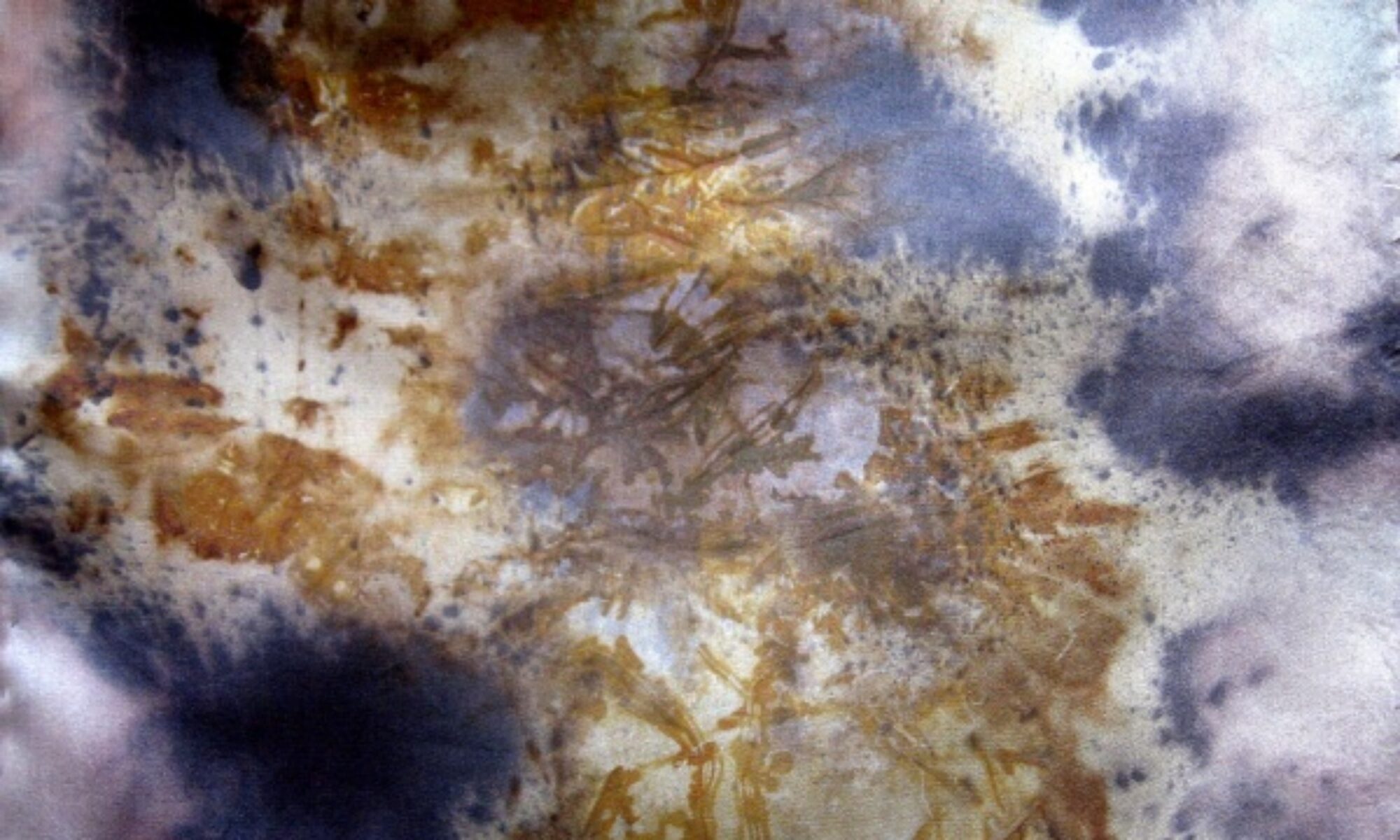There were times that the country seemed like one big marketplace. Everybody seemed to be selling something where ever we looked.
Sitting in front of homes, along the road, in little unlit boxes of space, in the alleyways or side streets or paths between compounds, or just walking around with things hanging from their necks or on their heads. I’ve got a set of pictures up of various vendors and marketplaces.
Bartering was the course of action and they expected – and seemed to delight in – the interaction. In fact, sellers seemed quite taken aback if you didn’t barter. I had one young man who spoke English helping out a friend who did not who actually ran after me at one point and gave me a tutorial on how to barter properly.
We were told when we arrived to take the offered price, divide it by 3 and counter-offer with one third of the original offer – for starters. From that point on you sort of matched your increase in offered price to the amount the seller dropped his price. Having an ultimate price in mind before even starting the negotiating helped keep things from getting out of hand.
The only problem with the marketplaces, as far as I was concerned, was that you could not show any interest at all in any item without the seller immediately expecting you to want it and start the bartering process. No browsing, no fingering of the goods or checking things out.
This made it very difficult to compare between vendors as you really did not know the price of anything until you had made a commitment to enter the negotiations. You couldn’t just ask what the price was and then walk away – they wouldn’t let you!
Actually, you could get out of bartering for something if you didn’t want it and were just looking, but they really didn’t believe you and pestered you to respond with your price offer. Walking away seldom worked immediately. Much emphatic use of “Non merci”, shaking of head and waving of hands to indicate you did not want something. The big markets (and the music festival) did have the advantage of having plenty of other potential customers around so you were let off the hook more quickly than at smaller markets.
When you wanted to buy something, there always seemed to be a calculator or cell phone handy on which to punch in the price numbers. The seller would enter his “best price”, show it to you, you would erase his offer and enter yours, and the dance would go back and forth until one of you gave in and said yes to a punched in price. When devices with numbers were not available, there was always the dirt in which to write your offer.
The unit of money in Mali is the CFA which is equal in value to the Euro. There seemed to be no such thing as one CFA – the lowest amount I saw was a 100 coin and the highest amount was a 10,000 bill (very pretty, too). Keeping track of the number of zeros was extremely important during a bartering session.
Grocery stores, restaurants and galleries were the only places I noticed where they had price tags on items – and then you did not barter but readily paid what they asked.
